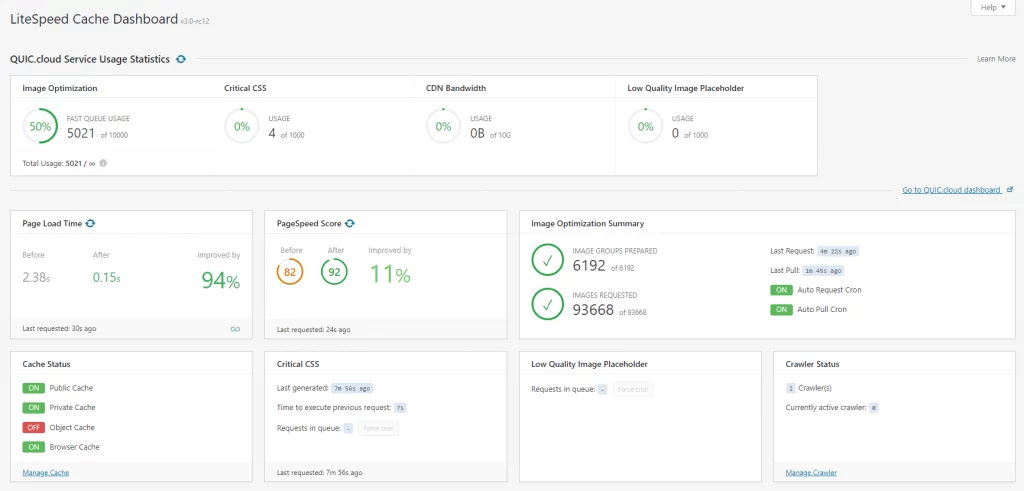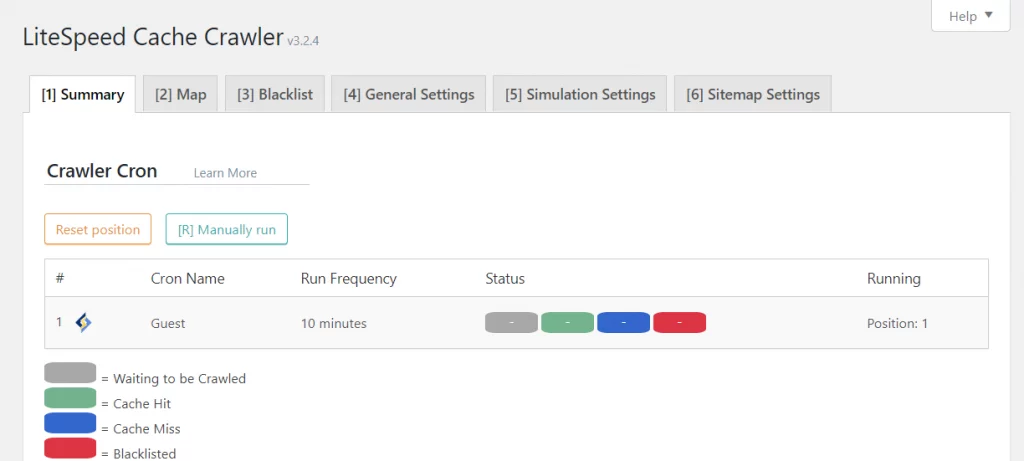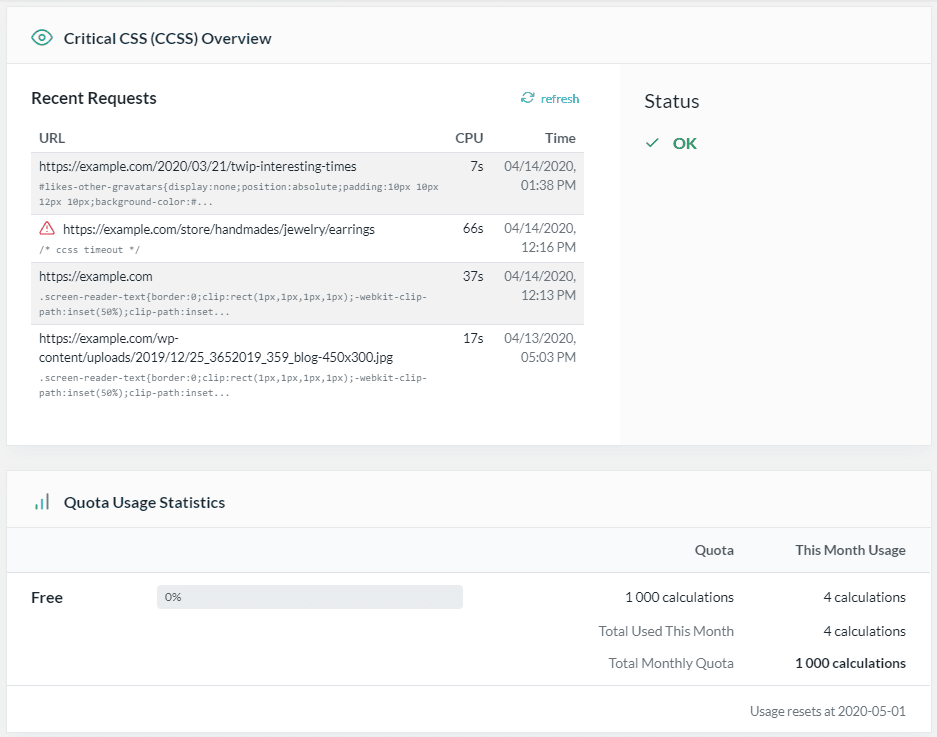LiteSpeed Cache for WordPress v3 FAQ

Earlier this year, LiteSpeed was pleased to introduce Version 3 of our LSCache plugin for WordPress. It was a long time coming, but we hope you will agree that it was worth the wait. Version 3 brings a collection of new features, a refreshed user interface, and a better way to access premium services.
All of this change naturally brings some questions with it, and with this FAQ, we will address the most common of these.
Where did X setting or function move to?
Version 3 introduces a whole new user experience with a completely redesigned interface. There is no longer a Settings section or a Manage section. Instead, there are several new sections that are based on function.
If you’re looking for something that used to be in the Manage section, try Toolbox first. You’ll find Purge, Report, Database Optimization, Import/Export, and Debug there, among other things.
You’ll find CSS/JS and Media settings in Page Optimization
Here is the documentation for V3, where you should be able to find anything you need. If you don’t want to wade through all of the documentation, start with the Beginner’s Guide for the basics.
What is new in the plugin?

The first plugin screen is the new Dashboard section. The Dashboard allows users to keep track of their page speed and page score, crawler progress, and QUIC Cloud service usage (more on that last one later).
There are new settings, and functionality, too. Here are a few of the highlights by section:
Cache

The Cache section houses settings for our signature LiteSpeed server-level page cache, along with Browser Cache settings and Object Cache configuration.
Improvements to this section include a new Purge Stale setting to allow stale pages to be served in lieu of fresh content, if a new cache copy has not yet been generated. Additionally, under the ESI tab, you will find the new ESI Nonces setting, which we discussed in depth in a recent blog post.
CDN

CDN settings and management have been moved together, and a few improvements have been made including a new HTML Attribute to Replace setting, which gives you more fine-grained control over CDN integration on your site.
Page Optimization

The old Optimize and Tuning settings tabs have been reorganized into a new Page Optimization section with multiple tabs that break settings down logically by type of optimization (CSS, JS, Media, etc.).
We’ve made a lot of updates to this section, including the new Low Quality Image Placeholder (LQIP) service, JPG quality control, local Gravatar caching, improvements to Lazy Load, font handling, CSS and JS optimization improvements, and more.
Database

Improvements to Database Optimization include a new Table Engine Converter tool, database summary, and configuration option.
Crawler

Several tabs were added to the Crawler section to allow more fine-grained control of the sitemap and blacklist. Additionally, multiple domains are now supported.
Toolbox

The new Toolbox section houses Import/Export, Debug settings, Environment Report, and more. A new tab gives you expanded control over WordPress Heartbeats.
What is QUIC Cloud?
If you have used any of LSCache’s online services in the past, then you are familiar with the process: a request is made from the LSCache plugin, the work is completed on one of our remote servers, and the results are returned to your site via cron.
Image Optimization, Critical CSS Generation, and the new Low-Quality Image Placeholder all work this way.
Starting from Version 3, these remote servers have a name: QUIC Cloud
QUIC Cloud access is controlled with a Domain Key that you can generate with one click from the LiteSpeed Cache > General > General Settings tab. Once the Domain key is generated, you can use Image Optimization and the other online services as usual.
Do I need a QUIC Cloud account to use LSCache?
No. A QUIC Cloud account is not required. Your site may use the QUIC Cloud services anonymously, if you wish.
There are benefits to linking your WordPress domain to a QUIC Cloud account, though. These include a QUIC Cloud dashboard that gives you more information about and control over the services you have enabled, and the ability to purchase credits that can be redeemed for service power-ups.
What services does QUIC Cloud provide?
Currently, QUIC Cloud services include Image Optimization, Critical CSS Generation, Low-Quality Image Placeholder, and a cutting-edge CDN made exclusively for WordPress sites. An Unused CSS service is under development.
Do I have to use QUIC Cloud services if I want to use the LSCache plugin?
No. All QUIC Cloud features are strictly opt in.
Do I have to pay for Image Optimization now?
Those of you who have been using Image Optimization and Critical CSS Generation for free for the last few years may be concerned that this usage is suddenly going to cost you money, but this may not be the case. The credit system was designed to keep services mostly free for light and moderate usage, and for those who are already LiteSpeed customers.
We’ve implemented a tier system. All QUIC Cloud users are given a monthly allowance of free credits. Those in the first tier (Apache and nginx users) get the smallest amount of credits. OpenLiteSpeed users get five times as many credits as the first tier, and LiteSpeed Enterprise users get ten times as many credits as the first tier. And coming soon, an even higher tier reserved for those users who have purchased hosting from a LiteSpeed Partner.
Please note that credit tiers and counts are accurate as of this writing, but are subject to change. Your QUIC Cloud dashboard will have the most up-to-date information regarding credits and pricing.
Let’s look at it on a per-service basis.
Image Optimization

If you are happy with your current image optimization usage, nothing has to change for you.
Image optimization via the standard queue is free to use for everyone, for as many images as you like.
With Version 3, we have introduced a Fast Queue, which processes images more quickly than the original standard queue. Access to the Fast Queue is controlled with credits.
Everyone gets enough credits for between 1000 and 20,000 Fast Queue images per month, depending on the site’s tier. If this is not enough, more credits may be purchased or (coming soon) earned through social sharing.
Critical CSS Generation (CCSS)

Everyone gets enough credits for between 100 and 2000 Critical CSS requests per month, depending on tier. If this is not enough, more requests may be purchased with credits
Low-Quality Image Placeholder (LQIP)

Everyone gets enough credits for between 100 and 2000 Low-Quality Image Placeholder requests per month, depending on tier. If this is not enough, more requests may be purchased with credits.
Are all QUIC Cloud services still in beta?
No. The QUIC Cloud CDN is in beta, but all other services are production-ready. We expect to have the CDN out of beta by the fourth quarter of 2020.
What is a Domain Key, and why do I need one?
Once you’ve updated the LiteSpeed Cache plugin to v3, navigate to LiteSpeed Cache > General > General Settings and generate a Domain Key, if there isn’t already one there. This key is what allows your WordPress site and QUIC Cloud to securely communicate with each other. If you want to use any QUIC Cloud service, you will need a Domain Key.
Please note that the Domain Key is also used to control the optional notifications (LiteSpeed Cache > General > General Settings > Notifications), so if you have them enabled, but you don’t have a domain key, you will see warnings.
Do I have to upgrade to Version 3?
For security purposes, it’s always a good idea to keep your WordPress plugins up-to-date. That said, if you have some reason for wanting to continue using LSCWP v2.9.x, you may do so. However, the v2.9.x plugin is not compatible with the new QUIC Cloud servers, and the legacy servers are being phased out..
If you wish to continue using Image Optimization or CCSS services, you will need to upgrade to Version 3.
Why are my API or CLI commands no longer working?
LiteSpeed Cache API hooks and filters have changed in Version 3. Please see our complete API documentation.
The same goes for LiteSpeed’s WordPress CLI functions. Please see our CLI documentation.
We apologize for any inconvenience these changes may have caused!
Where can I get more help?
It makes us happy to finally have Version 3 out there in the world being used by so many of you. As always, we are open to suggestions, and we are here if you have any questions or difficulties. Find us on the WordPress Support Forum, or the #wpcache channel in our Slack Workspace. Or, for more in-depth one-on-one help, create a ticket from your QUIC Cloud dashboard.
Happy Caching!

Comments